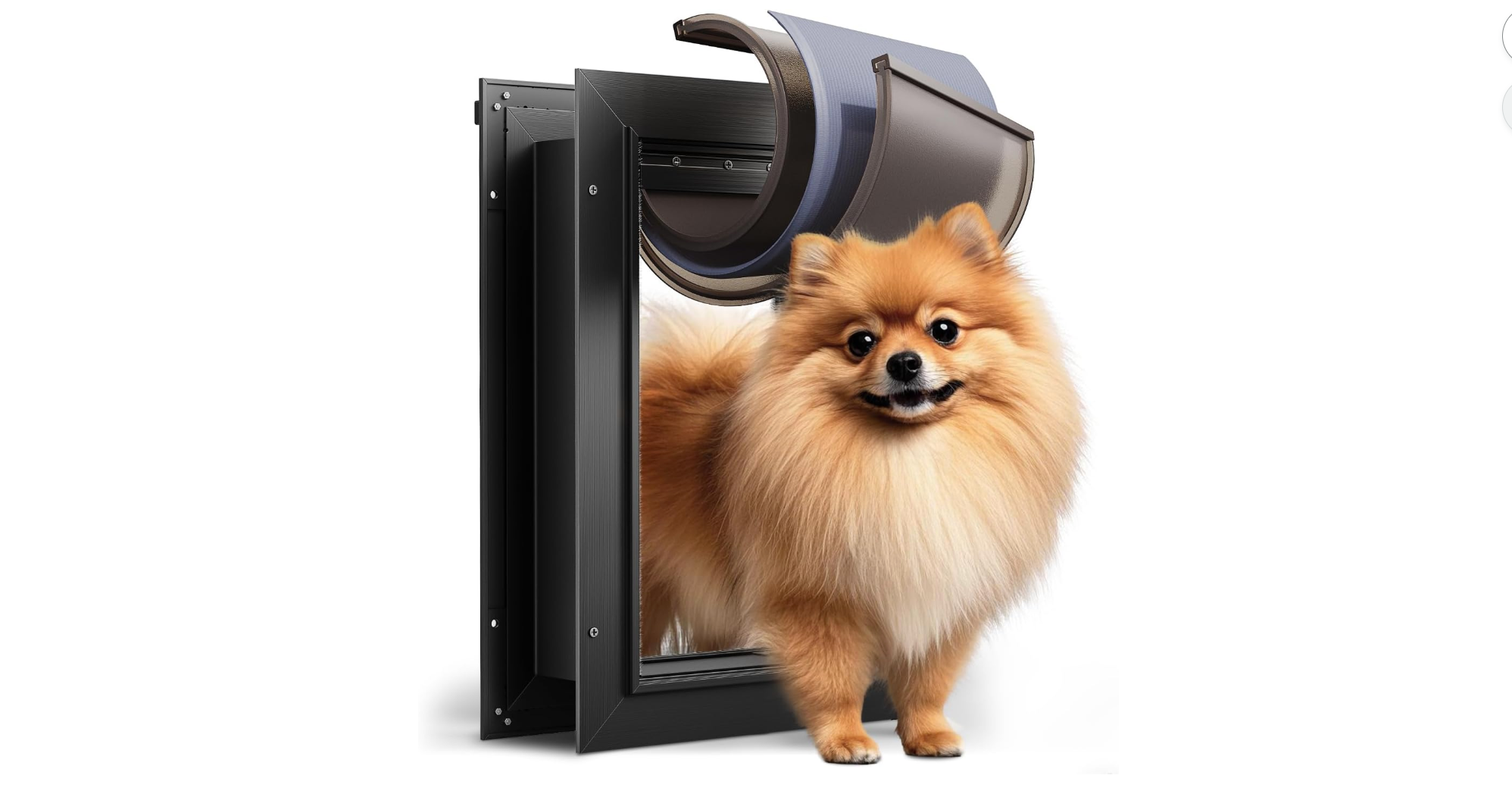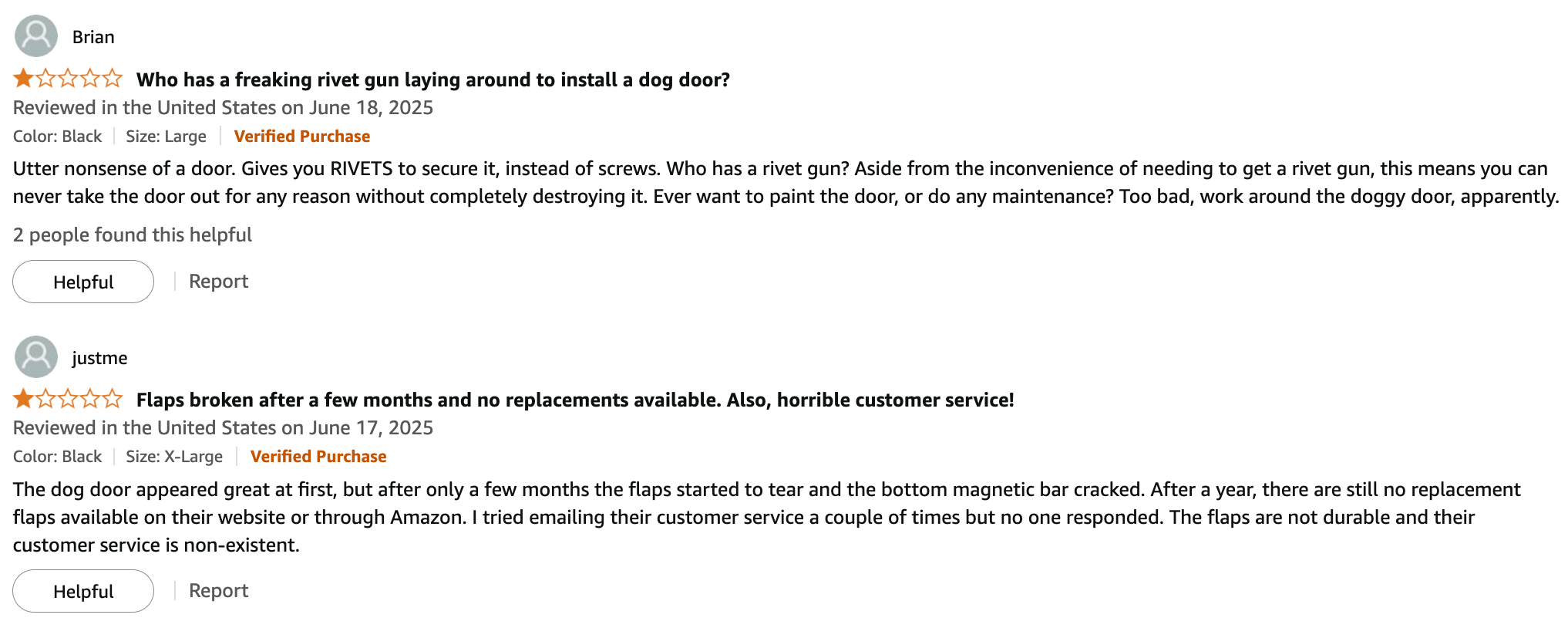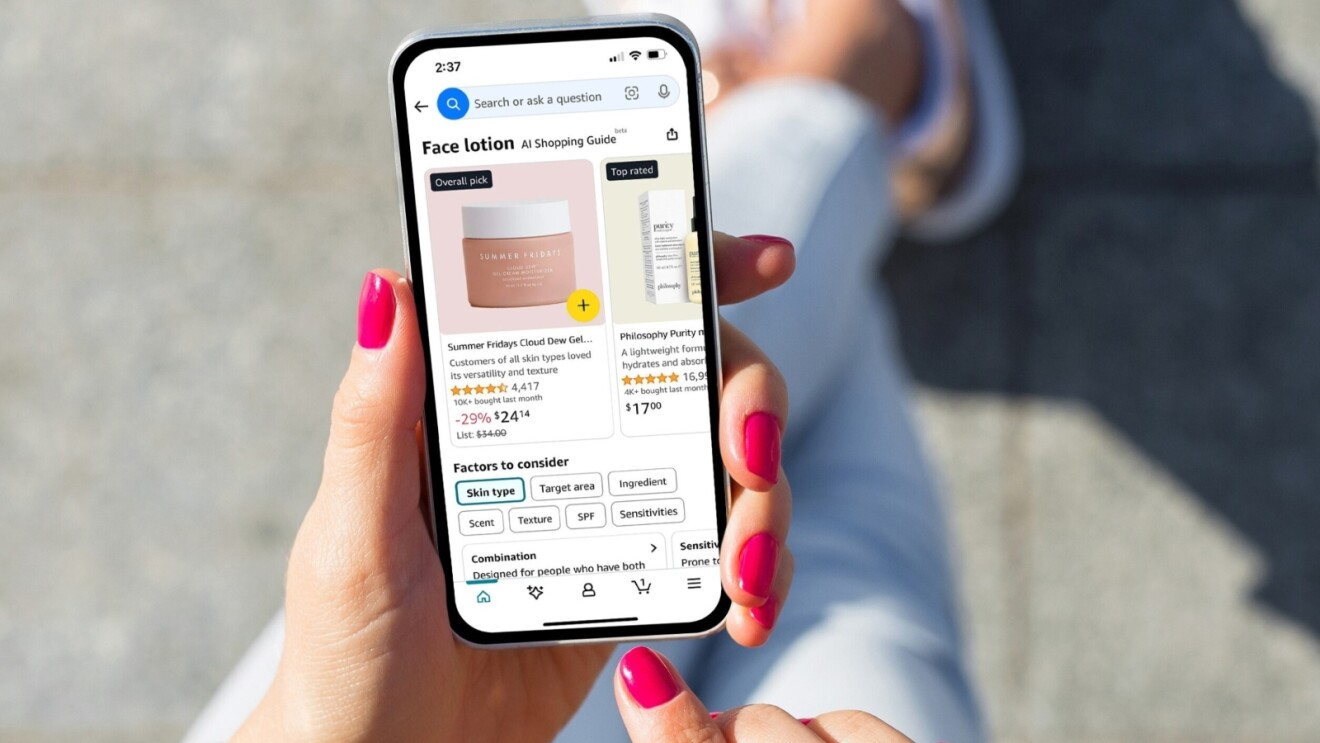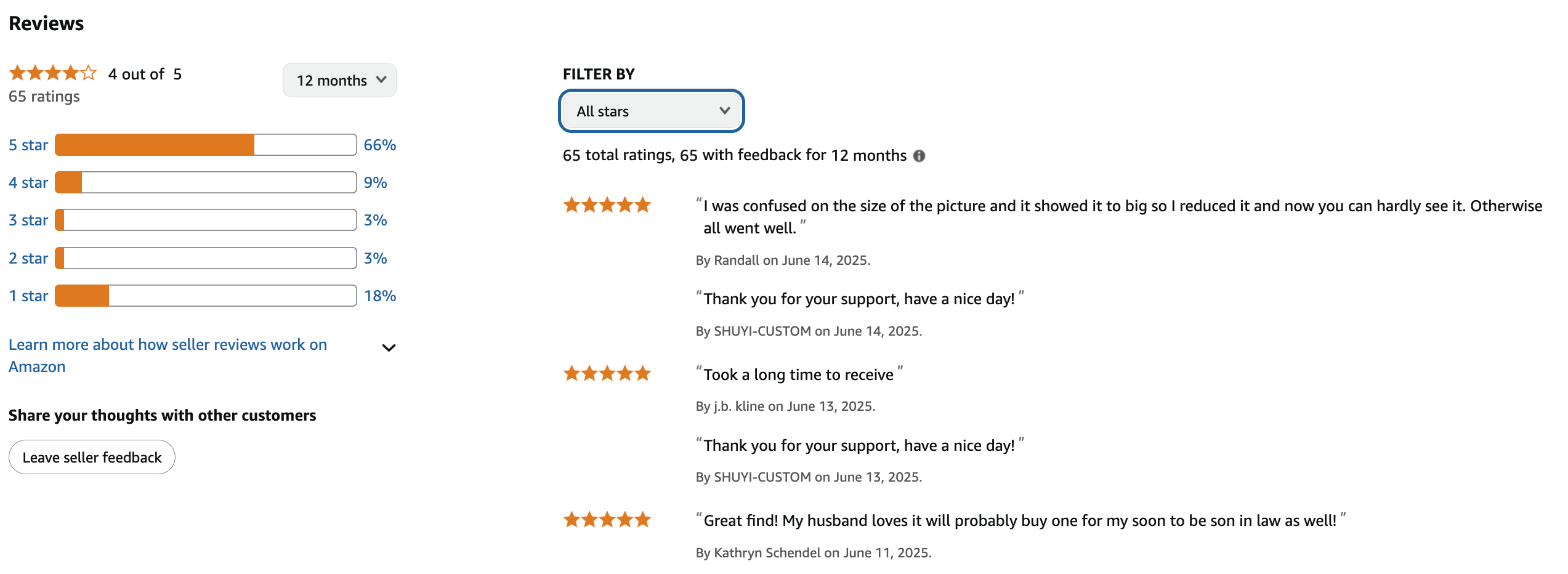Scammers have a new way to deceive unsuspecting online shoppers: AI images. To the untrained eye, these photos look perfect, but they seldom represent the actual product. But while figuring out if what you’re looking at is AI-generated or not, you can avoid these scams with a few insider tips.
5
Read the Product Description Carefully
The best way to avoid being duped by fake AI-generated photos is to pay close attention to the product description. For instance, if you’re purchasing a T-shirt with cool-looking graphic art, check the product description to ensure the print is exactly what you receive.
If the description uses phrases like “the design might vary” or “for illustration purposes only,” that’s a red flag, and it likely means the final product won’t look like the photo. You might have to dig deep into the details to spot vague language and sneaky disclaimers. However, if the photos appear even slightly suspicious, it’s worth investigating. Spotting AI images isn’t always easy, but there are some handy tell-tale signs that what you’re looking at is AI-generated.
4
Look at Customer Reviews and Photos
Customer reviews are the easiest way to get a real-world sense of what you’re buying. This is, in fact, a good habit to get into if you shop online at all. Even if an image isn’t completely AI-generated, it may be manipulated significantly. However, reviews and photos posted by other buyers can help you determine how the product actually looks and performs.
While it’s best to take everything you read online with a grain of salt, multiple negative reviews are a strong indicator that something’s off. That said, keep in mind that fake reviews are common on shopping platforms. So, watch out for things like repetitive phrasing and peculiar misspellings, to name a few.
If the listing is new and has no reviews, conduct a reverse image search on the photos to see if they appear elsewhere online. If you see the same set of photos used by multiple sellers, it usually means the images are either AI-generated or stock photos that are being reused without the sellers possessing the actual item.

Related
Here’s How I Spot Fake Reviews on Temu
Temu has amazing deals, but you need to be careful about what you buy.
3
Consider the Price
If it seems too good to be true, it probably is. There’s a reason why products that are well-made command the price they do, and it’s because they use better materials, have higher quality standards, and probably just last longer. When you see an image of a product that looks premium but comes at a deeply-discounted price, it’s likely a low-quality item that’s accompanied by flashy AI-generated images.
AI has come a long way, and it can create pretty realistic photos that look clean and professional. But the actual product might be poorly made. While it’s certainly possible to come across genuine deals from time to time, products that are heavily discounted but accompanied by photos that tell a different story are best skipped. If you still have your doubts, compare prices of similar products across platforms; this will tell you whether the deal is legit.
2
Check Multiple Photos of the Product (Ideally From Different Angles)
AI is great at generating images, but it doesn’t do too great a job of generating images of the same product from different angles, while keeping all the details consistent. So, if you’re on the fence about a product, check if the seller has added multiple photos of the product from different angles. If the listing only includes a single image, that’s a red flag.
If you see multiple images, check the photos carefully for consistency. Make sure that the background details aren’t changing and that the product itself looks identical in different shots. If there’s a video included, you can even verify if the video was AI-generated using online tools. Any inconsistencies you spot are strong indicators that the listing isn’t genuine.
AI-generated images also often contain strange visual artifacts or inconsistencies:
- Patterns that don’t align properly (e.g., warped fabric textures)
- Fingers, buttons, or labels that look off
- Overly perfect symmetry or unnatural lighting
- Background objects that don’t make sense or are blurry/melted
AI image generation tools are much better than when they first launched, but many still produce images with these issues.
1
Review the Seller’s Profile
Even if all the details check out, I make it a point to check the seller’s profile before making a purchase online. A reputable seller usually has a solid overall rating, with mostly positive reviews. If the profile is brand new or has a low rating, I would look elsewhere.
You can also go one step further and check their other listings. This will help you get a better sense of whether they sell similar products or are just listing random products with AI-generated photos to make a quick sale. But even that isn’t foolproof—there are plenty of fake and scammy reviews to navigate, too.
Look up any product online, and you’ll find numerous listings from different sellers. Given this, don’t make the mistake of purchasing the first item that looks good. Take your time to review the product details and make sure to compare your options. The more informed you are, the better your odds of avoiding scammers using AI images to sell their shoddy goods!











Leave a Comment
Your email address will not be published. Required fields are marked *